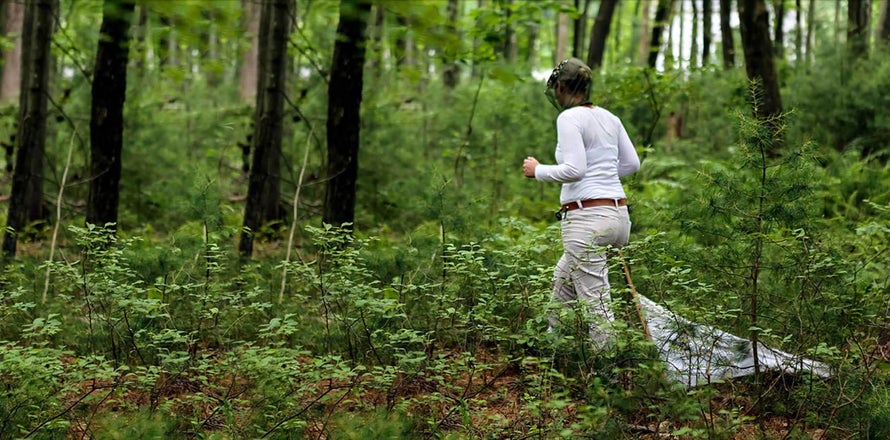TICK TUBES ELIMINATED TICKS FROM MICE
Chart A
| TICKS ATTACHED TO MICE | ||||||
|---|---|---|---|---|---|---|
| NON-TREATED AREA | TREATED AREA | |||||
| DATE | % of mice with ticks | Larval tick per mouse | % of mice with ticks | Larval tick per mouse | ||
| Year 1 - July* | 95 | 12 | 100 | 26 | ||
| Year 1 - Aug | 91 | 11 | 1 | 0 | ||
| Year 1 - Sept | 88 | 3 | 1 | 0 | ||
| Year 2 - June | 100 | 9 | 0 | 0 | ||
| Year 2 - Sept | 74 | 8 | 0 | 0 | ||
| Year 3 - July | 93 | 8 | 0 | 0 | ||
| Year 2 - Sept | 97 | 8 | 0 | 0 | ||
*Before treatment started
TICK TUBES ELIMINATED TICKS FROM ENVIRONMENT
Chart B
| NON-TREATED AREA | TREATED AREA | |
|---|---|---|
| DATE | Nymphs/Hours | Nymphs/Hours |
| Year 3 - June | 150 | 0 |
| Year 3 - July | 122 | 0 |




